Blog
The Power of Robotic Process Automation in the Banking Industry
Entering into the fourth industrial revolution, business processes are shifted to the digital sph...
 Explore More
Explore More
Blog
The Emerging Threat of DeepFakes and the Role of Video KYC
With technological advancement, cybercriminals are revising their strategies to commit fraud. Cri...
 Explore More
Explore More
Blog
Crypto Regulations 2021 – What Digital Currency Providers Need to do
Cryptocurrency has been a hot topic ever since its advent in 2009. The ability to draw investor a...
 Explore More
Explore More
Blog
Anti-Money Laundering (AML) Solutions – Securing Luxury Goods and Curbing Financial Crimes
Exotic cars, designer clothes, artifacts, and private jets make attractive news headlines and mov...
 Explore More
Explore More
Blog
AML Verification Services: Fighting Back Financial Crimes in 2023
The Covid-19 outbreak has increased reliance on eCommerce and digital banking — cultivating a lus...
 Explore More
Explore More
Blog
Perpetual KYC – Securing Businesses through Continuous Identity Verification
With regulatory scrutiny increasing globally, failures or loopholes in security systems pose a si...
 Explore More
Explore More
Blog
Open Banking Trends & the Vitality of Identity Verification
With rapid digitisation, open banking is becoming the new normal in the banking sector. Open bank...
 Explore More
Explore More
Blog
AML and KYC Compliance – Big Data Optimising the Regulatory Landscape
Today, different sectors face an influx of user data that they need to process and analyse. To de...
 Explore More
Explore More
Blog
E-KYC – The Next Step in the Evolution of KYC Verification
As the world shifts to digital applications, financial operations are being automated for added c...
 Explore More
Explore More
Blog, Reg Tech
Shufti GDPR Review 2018: How we protected our clients from regulatory fines?
Shufti stands out in KYC industry not only because of its highly customizable and global iden...
 Explore More
Explore More
Blog
Breaking the KYC Remediation Cycle through a Risk-based Approach
Banks have paid more than USD 30 billion over the past few years due to ineffective policies to c...
 Explore More
Explore More
Blog
Solving the Cheating Problem in Online Gaming with Robust ID Verification Solution
The digital gaming and esports industry has grown at an immense pace in recent years, topping 1 b...
 Explore More
Explore More
Blog
Instant Client Onboarding with E-KYC Screening
Technological Advancement and its Influence
The world needs to constantly evolve in order to surv...
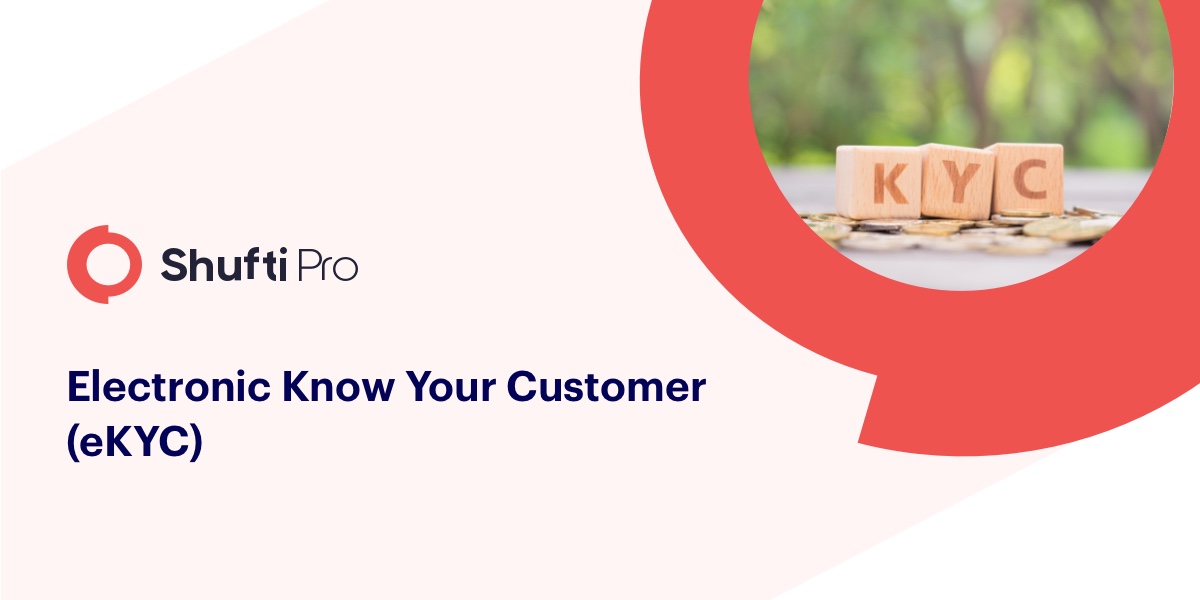 Explore More
Explore More
Blog
AML Compliance and Digital Banks – Understanding the Evolving Regulatory Landscape
The emergence of new technologies in FinTech, increasing use of digital currencies, and alternati...
 Explore More
Explore More
Blog, Identity & KYC
How AML/KYC Direct Credible ICO Growth?
What if I told you, early in the days of ICOs, startups operated with little to no top level regu...
 Explore More
Explore More
Anti Money Laundering, Blog, Business Technology, Financial Crime / AML, Fraud Prevention, Identity & KYC
Initial CCPA Compliance Costs Could Hit $55 Billion: Report
According to an economic impact assessment prepared for the state attorney general’s office by an...
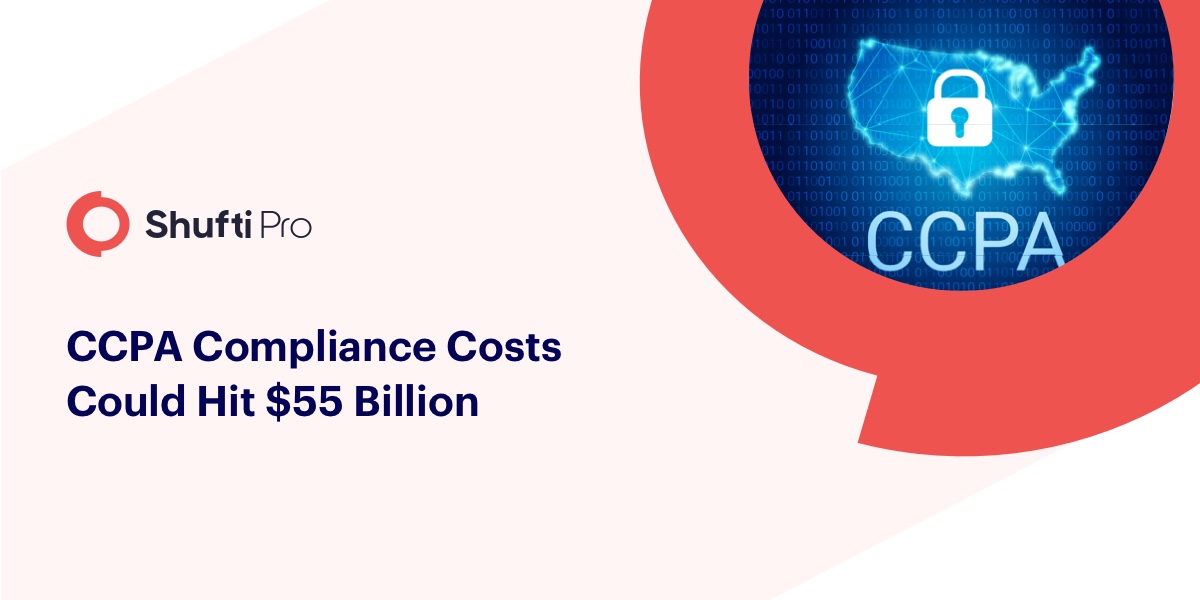 Explore More
Explore More
Blog
Biometric Facial Recognition – Combating Identity Fraud with Shufti’s IDV Solution
Since knowledge-based authentication and passwords were first introduced, security systems in ban...
 Explore More
Explore More
Blog
Covid Report Verification: New Restriction for Airports
The Covid-19 cases have drastically increased over time and as of February 6, 2021, 18,262 new ca...
 Explore More
Explore More
Blog
Don’t Need AML Compliance? Think Again!
The majority of the businesses believe that they do not need to comply with AML regulations at al...
 Explore More
Explore More
Blog
Know Your Customer – Addressing the Risks of Financial Crimes in Challenger Banks
With emerging technologies, financial services are witnessing a digital revolution that is changi...
 Explore More
Explore More
Blog, Online Marketplace
How crucial is AML/CFT Compliance for Hong Kong based Businesses?
Hong Kong serves as financial hub of trade and financial industry especially due to its strategic...
 Explore More
Explore More
Blog
Designing a Risk-free Customer Onboarding Flow for the Freelancing Industry
Freelancing websites saw an increased demand during the pandemic, and the trends continued to ris...
 Explore More
Explore More
Blog
ID Verification for High-Potential Digital Fraud Cases
Instances of digital frauds and payment scams are highly damaging for banks and financial institu...
 Explore More
Explore More
Blog
KYC Verification: Eliminating Fraud from Crypto Exchanges
Despite persistent volatility, the crypto market continues to yield profits. Whilst the market wi...
 Explore More
Explore More
Blog
How Optical Character Recognition is Changing the Financial Industry
Banking and other financial services are the world’s most closely watched and strictly gove...
 Explore More
Explore More
Blog
Identity Verification | A Complete Guide to Compliance and Risks
The United Nations says $2 trillion is laundered globally every year. Of that, less than 10% is d...
 Explore More
Explore More
Blog
Balancing UX and Security in the Finance Sector with Biometric Authentication
The global coronavirus outbreak transformed financial operations and forced retailing banks to te...
 Explore More
Explore More
Blog
5 RegTech Applications That Will Govern the Financial Regime in 2021
RegTech, short for Regulatory Technology, is the subset of FinTech which bridges the gap between ...
 Explore More
Explore More
Blog
New KYC Regime for the UK, US, and Australia – What’s in it for Financial Institutions?
Financial institutions are known for getting their reputation maligned due to crimes like identit...
 Explore More
Explore More
Blog
Protect Your Business Against Identity Theft with Face ID Check
The efficacy of biometric authentication becomes questionable in the face of facial ID checks. It...
 Explore More
Explore More
Blog
Secure Your Digital Presence | Combat Transaction Fraud and Cyberthreats with IDV
Financial crimes, especially payment and transaction fraud, have seen a massive surge in recent y...
 Explore More
Explore More
Blog, Identity & KYC
How Real ID Act enables Digital KYC Services for US Customers?
Digital KYC Services for US based customers are in debt of Real ID Act as it streamlined the proc...
 Explore More
Explore More
Blog
An Insight Into AML Compliance Concerns Amid Russia Sanctions
With Russia’s attack on Ukraine, the international financial landscape is facing concerns of comp...
 Explore More
Explore More
Blog
Online Identity Verification – How to Secure Online Gaming & Gambling Platforms
Online gambling is the way to go for betting enthusiasts nowadays and brings both convenience and...
 Explore More
Explore More
Blog, Reg Tech
How Identity Verification Services make Regulatory Compliance Easier?
Financial institutions and banks have ended up in a loop of dumping billions of dollars because o...
 Explore More
Explore More
Blog
Combatting Fraud in the Automotive Industry
Fraud is a growing concern for many industries and the automotive industry is no exception. In 20...
 Explore More
Explore More
Blog
AUSTRAC’s ML/TF Risk Assessment Report on Foreign Subsidiary Banks [Part 4]
This blog covers the last chapter of our four-part series on AUSTRAC’s money laundering and terro...
![AUSTRAC’s ML/TF Risk Assessment Report on Foreign Subsidiary Banks [Part 4] AUSTRAC’s ML/TF Risk Assessment Report on Foreign Subsidiary Banks [Part 4]](https://shuftipro.com/wp-content/uploads/blog1-5.jpeg) Explore More
Explore More
Blog, Online Marketplace
What is Open Banking & Why Does it Matter in 2019?
Open banking is surely one of those trends that have the potential to change the banking and fina...
 Explore More
Explore More
Blog
KYC ID Verification – A Critical Component for Securing Online Dating Activities
Social manipulation in online dating platforms targets numerous users and their personal informat...
 Explore More
Explore More
Artificial Intelligence, Blog
Knowledge Based Authentication a Thing of Past
If you are wondering what is knowledge-based authentication or KBA, let me ask you a question, ‘w...
 Explore More
Explore More
Blog
Top 5 Ways to Improve Transaction Monitoring in Fintech
Fintech is a fast-growing sector that combines finance and technology to assist businesses and cu...
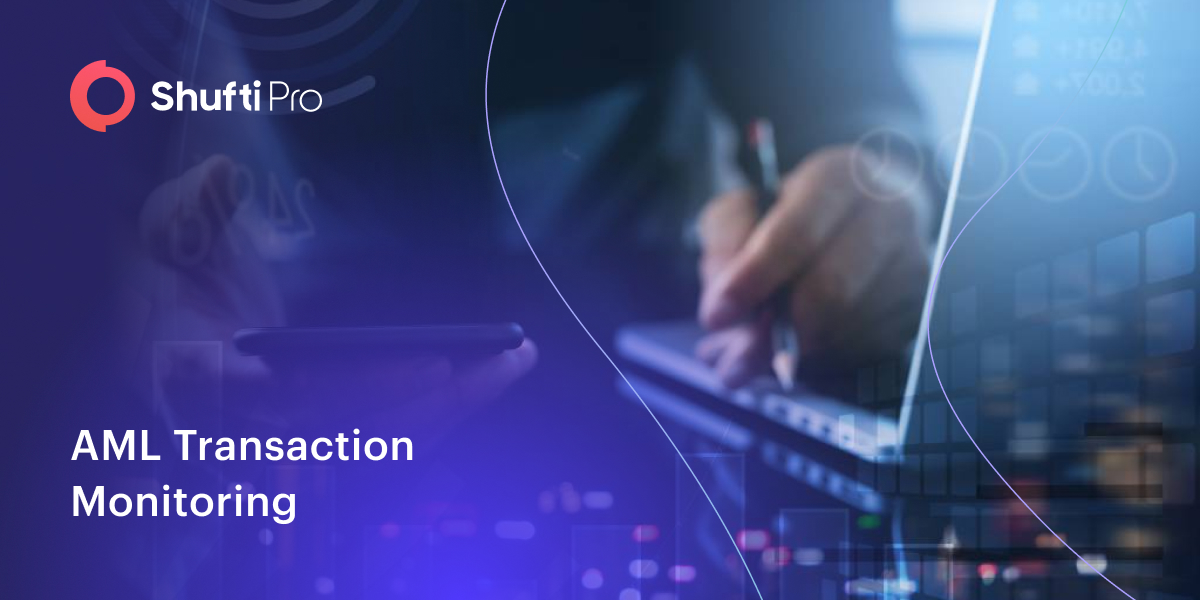 Explore More
Explore More
Blog
5 Things Businesses Should Know about PEP Screening
Regulators levy penalties when compliance programs fail or companies have insufficient compliance...
 Explore More
Explore More
Blog
How Shufti’s KYC Solution Can Ensure Compliance and Help in Battling Identity Fraud
With booming technology and rapid digitization, a large number of businesses are adopting the dig...
 Explore More
Explore More
Blog
How Businesses Can Leverage Optical Character Recognition Technology in 2023
Optical Character Recognition (OCR) has revolutionised how businesses gather, process, and analys...
 Explore More
Explore More
Blog
UN Sanctions List: What Every Business Owner Must Know
Businesses must navigate a web of rules and regulations whilst onboarding customers, as one misst...
 Explore More
Explore More
Blog
12 Money Laundering Red Flags Finance Teams Must Watch in 2025
The 2025 Threat Landscape
Regulators levied US $4.6 billion in AML fines across 52 enforcement ac...
 Explore More
Explore More
Blog
New Money Laundering Patterns to Look Out for in 2022 – Do Social Media Platforms Need AML Screening?
With digitization, the use of the internet and easy access to smart gadgets has increased the num...
 Explore More
Explore More
Blog
July 2023 Recap: Major Compliance Events and How AML Verification Can Help
Anti-Money Laundering (AML) violations pose a substantial and concerning threat to the reliabilit...
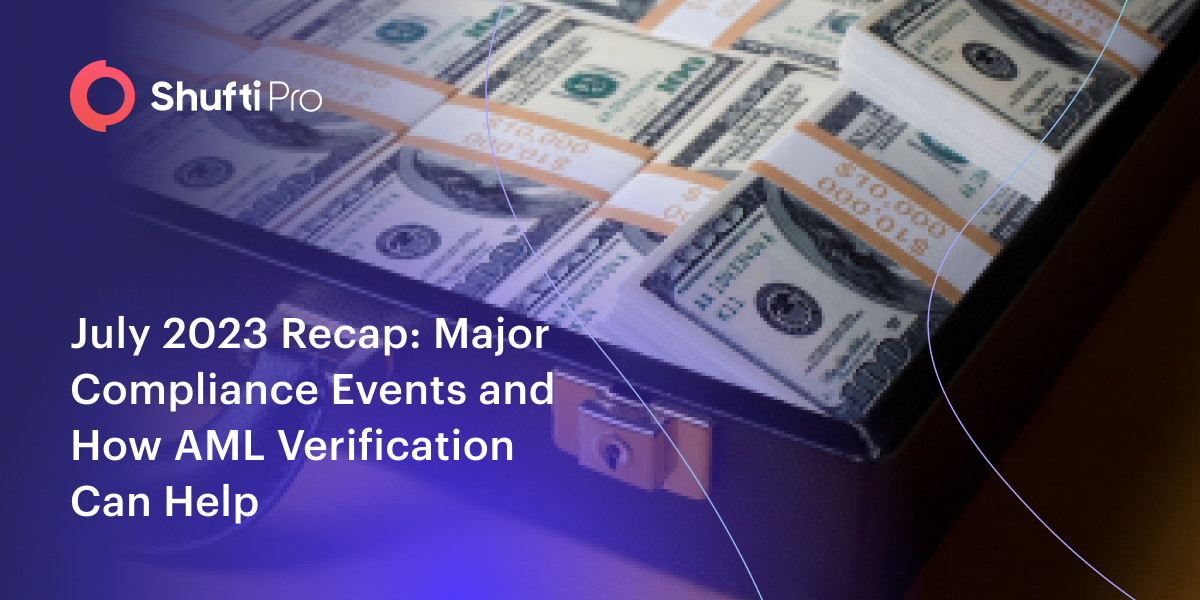 Explore More
Explore More
Blog
Frequently Asked Questions about OCR Scanners
The way we process and analyse written information has been entirely transformed by Optical Chara...
 Explore More
Explore More
Blog
Shufti Celebrates 5 Years of Innovation in the IDV Industry
October 2022 marks Shufti’s 5th anniversary – five successful years of building trust globall...
 Explore More
Explore More
Blog
Effective AML Compliance – Top 5 Tips for Businesses in Australia
Given the significant increase in money laundering and terror financing activities, many countrie...
 Explore More
Explore More
Blog
Cross-Border KYC Compliance | Understanding and Overcoming the Challenges
To handle money laundering incidents and rising regulatory pressure, the banking industry benefit...
 Explore More
Explore More
Blog
Understanding the Difference Between CIP and KYC
Financial institutions worldwide, including banks, lenders, credit unions, insurers, and other en...
 Explore More
Explore More
Blog
5 Things Businesses Should Know about PEP Screening
Regulators levy penalties when compliance programs fail or companies have insufficient compliance...
 Explore More
Explore More
Blog
Uncovering 5 Holiday Season Scams and How to Avoid them this Year
‘Tis the season when the best deals of the year are attracting customers towards online shopping ...
 Explore More
Explore More
Blog
Top Five FinTech Industry Trends to Look For in 2021
Continuous advancements in technology have shifted the world toward digital means of communicatio...
 Explore More
Explore More
Blog
7 Ways to Protect Business and Remote Staff from Cybercriminals
Businesses are facing ‘new normal’ as the workplace has shifted from offices to homes amid corona...
 Explore More
Explore More
Blog, Identity & KYC
Why Does ID Verification Fail in 2025? – Causes & Fixes | Shufti
Introduction
Identity-verification (IDV) is the gatekeeper of the digital economy, but it still s...
 Explore More
Explore More
Blog
From Abandoned Carts to Loyal Customers: Rethinking the Onboarding Experience
Website abandonment is a silent revenue killer for online businesses. Whether it’s an unfin...
 Explore More
Explore More
Blog
How Online ID Verification Supports Age-restricted Sellers?
The online stores selling age-restricted products like gaming services, medicine or drugs are in ...
 Explore More
Explore More
Blog
Anti-Money Laundering Screening | Securing Digital Economies from Financial Crimes
The increased reliance on digital banking and the advent of virtual currencies in today’s d...
 Explore More
Explore More
Blog
China’s Data Protection and Privacy Laws | 2023 Update
China has witnessed massive growth in the last few decades. However, the rise of the digital econ...
 Explore More
Explore More
Blog
July 2023 Recap: Major Compliance Events and How AML Verification Can Help
Anti-Money Laundering (AML) violations pose a substantial and concerning threat to the reliabilit...
 Explore More
Explore More
Blog
Securing Mobility as a Service (MaaS) with Shufti’s Digital Identity Verification Solution
The transport industry is on the verge of significant disruption, with new emerging technologies,...
 Explore More
Explore More
Blog
Navigating the Evolving Landscape of Forex Trading: Insights from Hachem Rifai
The foreign exchange (Forex) market stands apart as the largest and most liquid financial market ...
 Explore More
Explore More
Blog, Fraud Prevention
Cryptocurrency Scams – Checklist for Protection
Headlines about some cryptocurrency exchange being hacked are not unusual. So far, hackers have s...
 Explore More
Explore More
Blog
Understanding Facial Identification: Face Verification vs. Face Recognition
Many terms in the biometrics field are used interchangeably, particularly regarding facial verifi...
 Explore More
Explore More
Blog, Identity & KYC
Online Age Verification Keeps A Tight Rein On Minors
According to The Newyork Times, online age verification is a daunting task, even for experts. How...
 Explore More
Explore More
Blog
AML Compliance – Putting an End to Money Laundering in Crypto Firms
In the past few years, cryptocurrencies were widely adopted as an investment method by not only i...
 Explore More
Explore More
Blog
Securing Digital Payments and Mitigating Financial Crimes Through AML Screening Solutions
The promise of payments technologies is being realized. Consumers are executing frictionless paym...
 Explore More
Explore More
Blog
4 WAYS AI is Shaping KYC and AML Compliance for Businesses
The role of Artificial Intelligence (AI) is rapidly increasing in businesses and the emergence of...
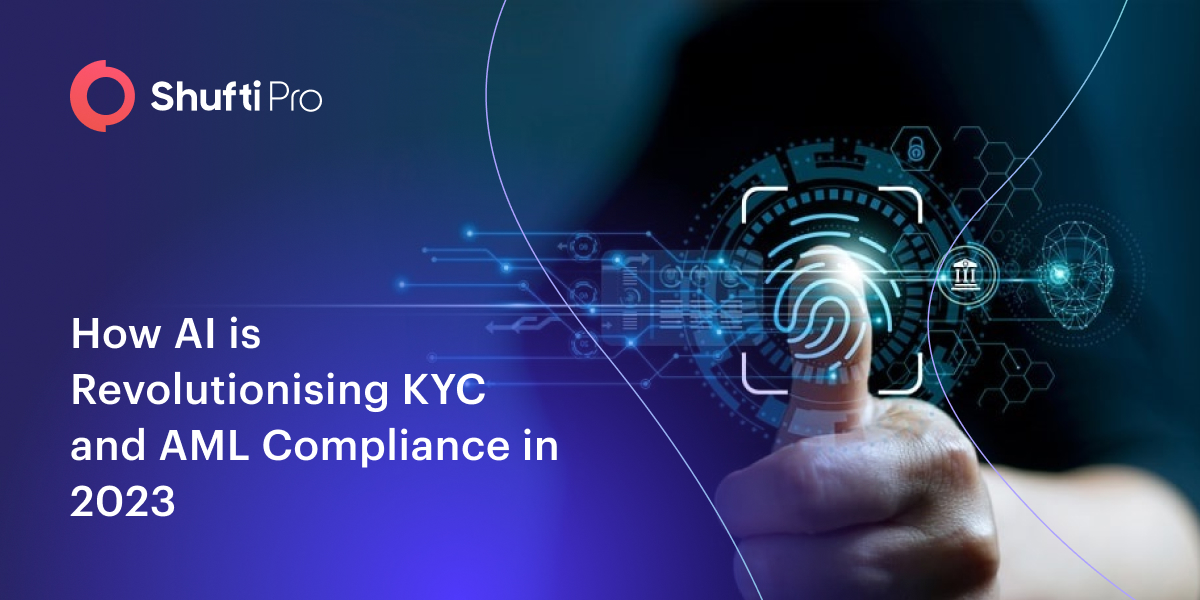 Explore More
Explore More
Blog
Age verification regulations demanding better compliance from businesses
“Youth is the hope of our future.” Jose Rizal
It is no secret that the youth is a valuable asse...
 Explore More
Explore More
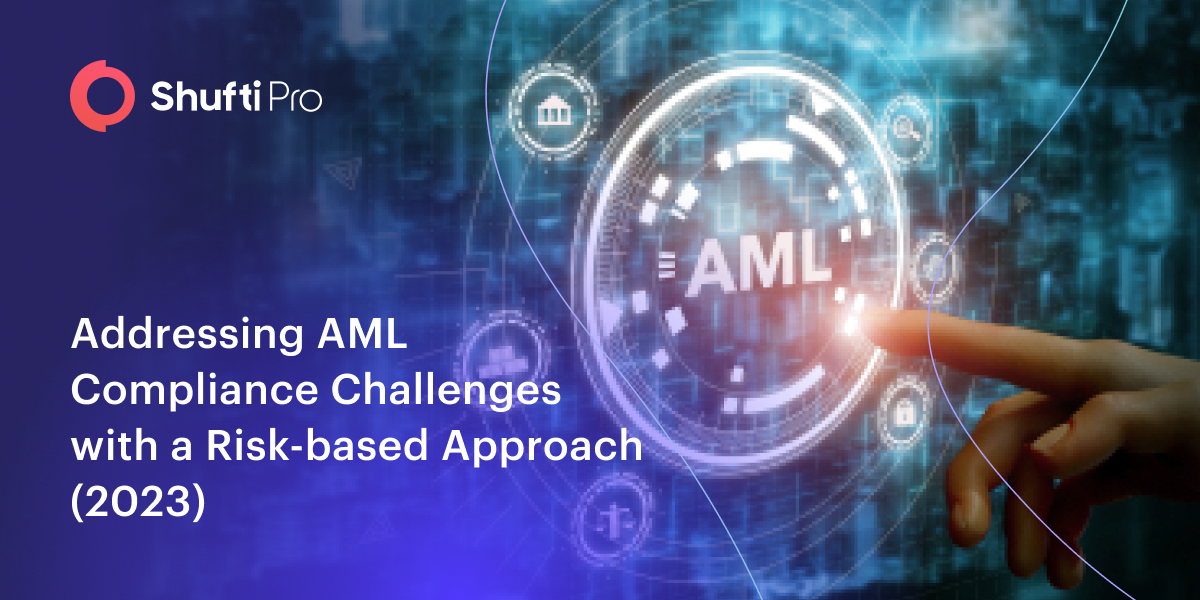
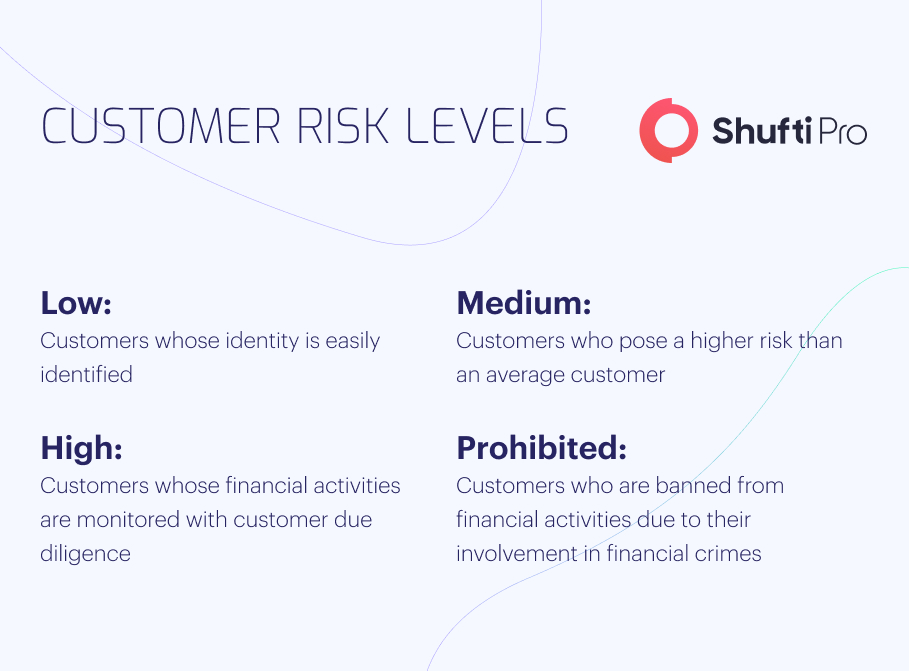








































![AUSTRAC’s ML/TF Risk Assessment Report on Foreign Subsidiary Banks [Part 4] AUSTRAC’s ML/TF Risk Assessment Report on Foreign Subsidiary Banks [Part 4]](https://shuftipro.com/wp-content/uploads/blog1-5.jpeg)
































